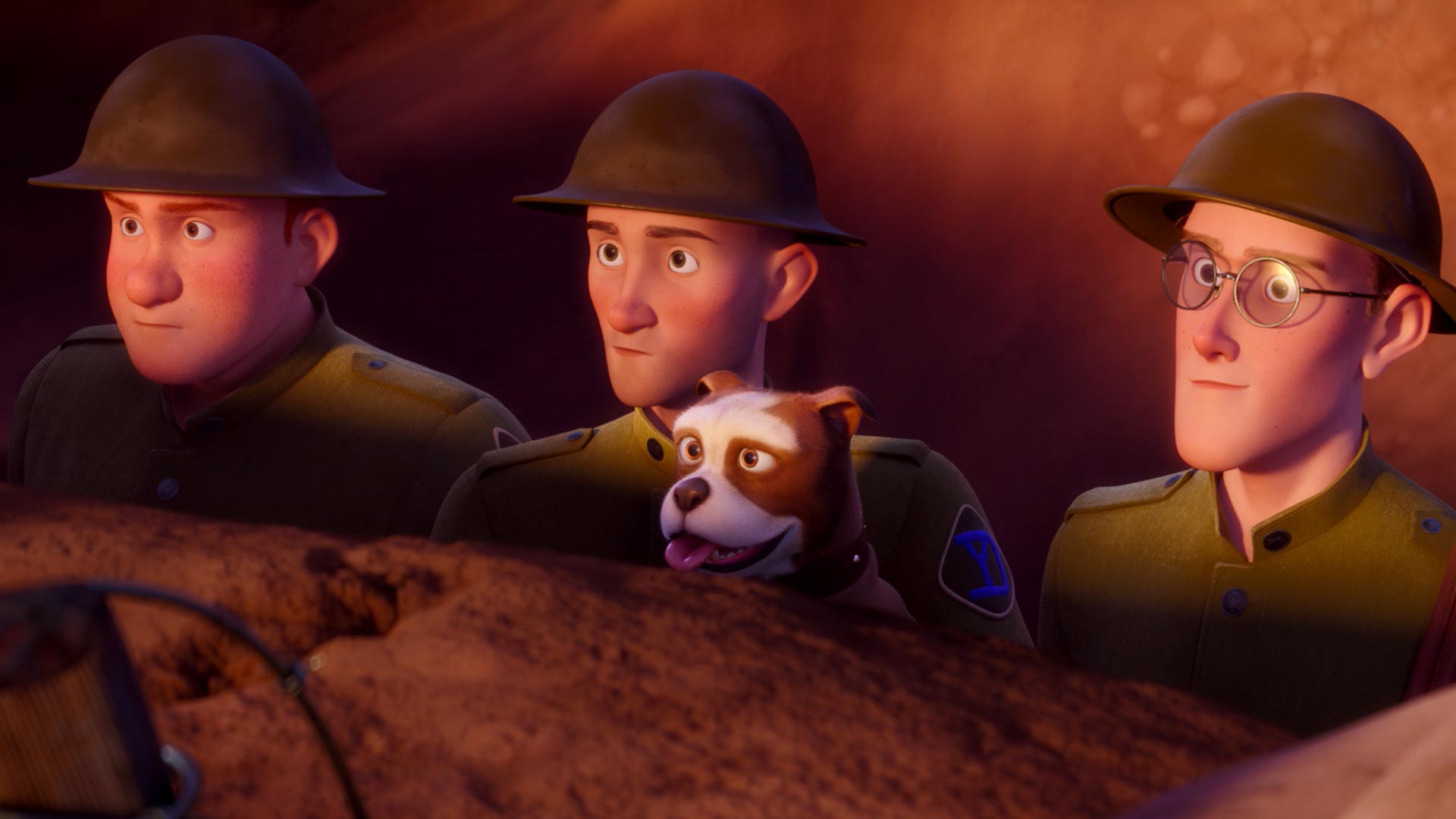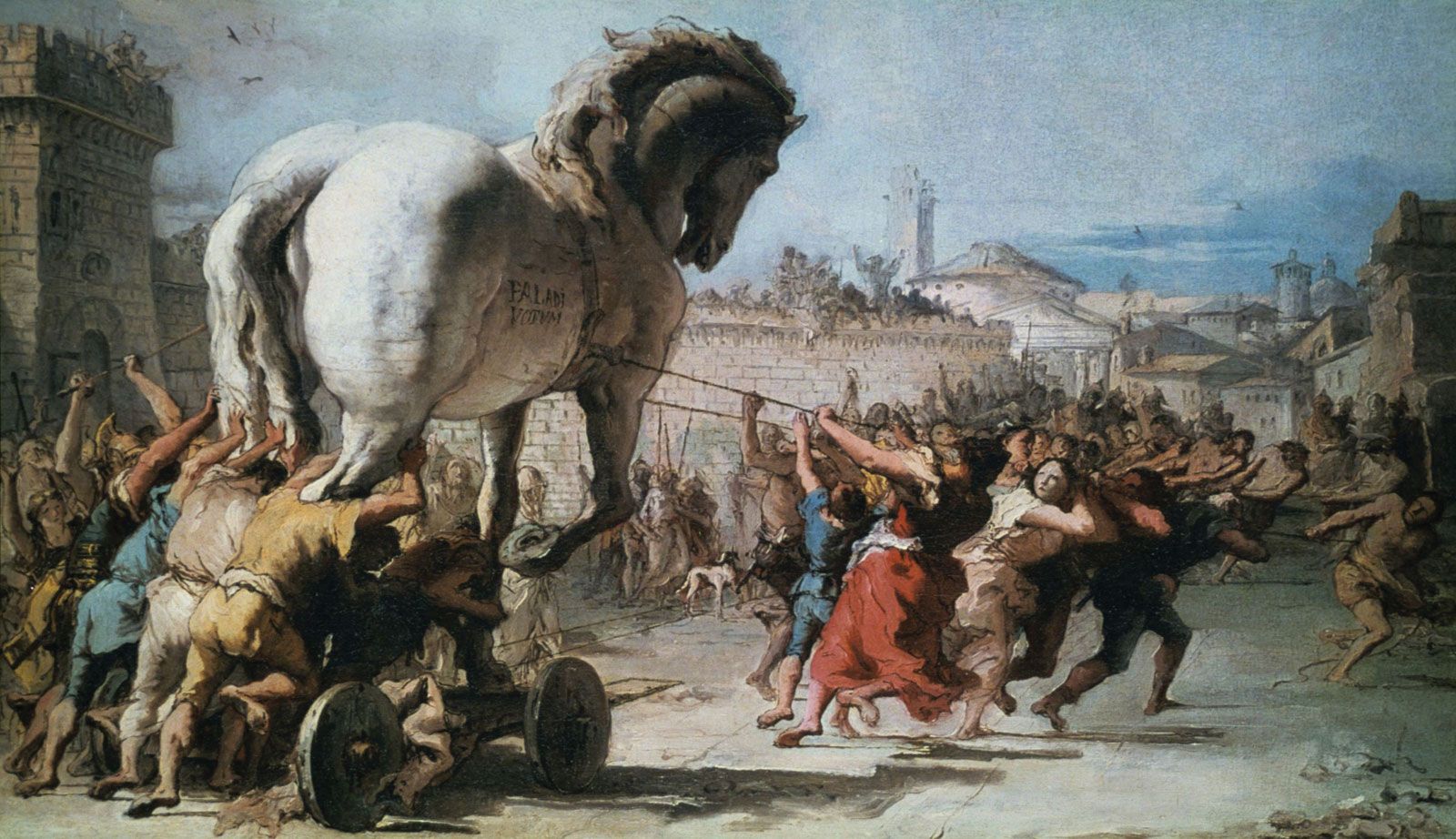War Movies Featuring Horses: Historical Accuracy

War movies have long captivated audiences with their dramatic storytelling, intense battle scenes, and vivid portrayals of historical events. Among the many elements that bring these films to life, horses often play a crucial role, symbolizing power, mobility, and the realities of warfare before mechanization. This article explores the depiction of horses in war movies, focusing on how accurately these films represent their historical use and significance.
The Role of Horses in Historical Warfare
Horses were indispensable in many historical conflicts, serving as cavalry mounts, transport animals, and logistical support. Their speed and agility allowed armies to execute rapid maneuvers, charge enemy lines, and maintain communication across vast battlefields. Understanding this context is essential when evaluating the authenticity of war movies featuring horses.
Common War Movies Featuring Horses
Several notable films have prominently featured horses, including:
| Movie Title | Era Depicted | Notable Horse Scenes |
|---|---|---|
| “War Horse” (2011) | World War I | The journey of a horse through the war |
| “Gladiator” (2000) | Ancient Rome | Cavalry battles and chariot races |
| “Braveheart” (1995) | 13th Century Scotland | Mounted combat and battlefield charges |
| “The Last Samurai” (2003) | 19th Century Japan | Samurai cavalry tactics |
Assessing Historical Accuracy
When analyzing the historical accuracy of horses in war movies, consider the following factors:
- Breed and Appearance: Are the horses shown consistent with those used in the depicted era and region?
- Tactics and Usage: Do the films accurately portray cavalry tactics, formations, and the roles horses played?
- Equipment and Gear: Are the saddles, bridles, armor, and other horse-related equipment authentic to the period?
- Behavior and Training: Do the horses behave realistically under combat conditions, reflecting training and stress responses?
Challenges in Portraying Horses Accurately
Filmmakers face several challenges when depicting horses in war movies:
- Safety Concerns: Ensuring the safety of both animals and actors can limit the realism of battle scenes.
- Training Limitations: Horses must be trained to perform specific actions on cue, which may not always align with historical behavior.
- Budget Constraints: Authentic costumes and large numbers of horses can be expensive to source and maintain.
Enhancing Authenticity Through Research and Technology
Modern productions often collaborate with historians, equine experts, and use CGI to enhance the realism of horse scenes. Detailed research into historical records and artifacts helps recreate accurate settings and equipment.
Frequently Asked Questions (FAQ)
Q1: Were horses really used extensively in all historical wars?
A1: While horses were vital in many conflicts, their use varied depending on the era, geography, and military technology available.
Q2: How do filmmakers train horses for battle scenes?
A2: Horses undergo specialized training to respond to commands, remain calm amid chaos, and perform stunts safely.
Q3: Can CGI replace real horses in war movies?
A3: CGI is increasingly used to supplement or replace real horses, especially in dangerous or complex scenes, but many filmmakers prefer real horses for authenticity.
Q4: What are some historically accurate war movies featuring horses?
A4: Films like “War Horse” and “Gladiator” are praised for their attention to historical detail regarding horses.
This article aims to provide a comprehensive look at how war movies portray horses and the extent to which these portrayals align with historical facts. By understanding the challenges and efforts behind these depictions, viewers can better appreciate the artistry and authenticity of their favorite war films.
